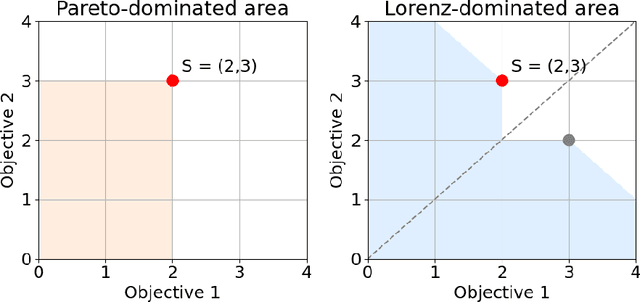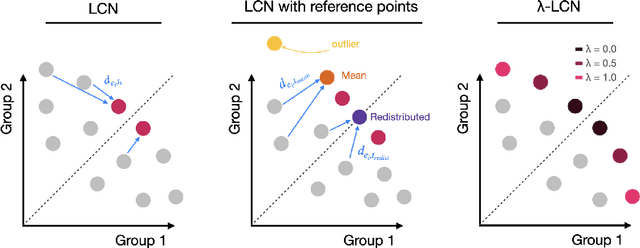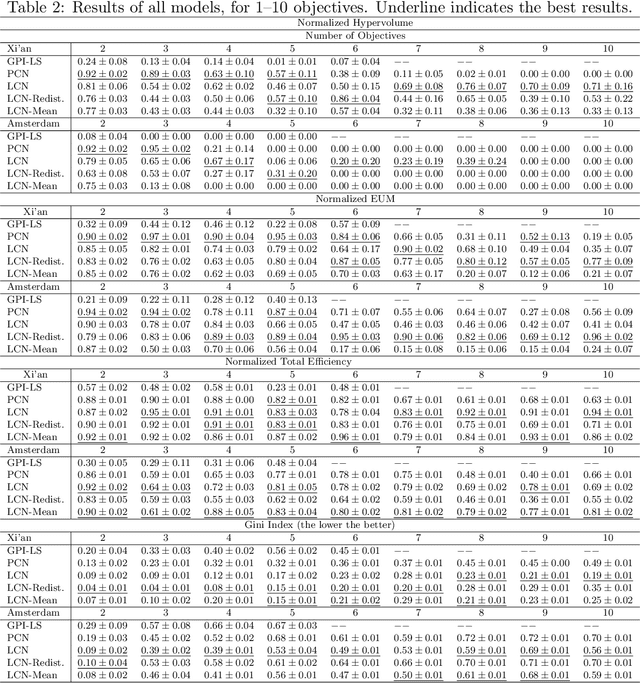Sennay Ghebreab
Artifacts of Idiosyncracy in Global Street View Data
May 16, 2025Abstract:Street view data is increasingly being used in computer vision applications in recent years. Machine learning datasets are collected for these applications using simple sampling techniques. These datasets are assumed to be a systematic representation of cities, especially when densely sampled. Prior works however, show that there are clear gaps in coverage, with certain cities or regions being covered poorly or not at all. Here we demonstrate that a cities' idiosyncracies, such as city layout, may lead to biases in street view data for 28 cities across the globe, even when they are densely covered. We quantitatively uncover biases in the distribution of coverage of street view data and propose a method for evaluation of such distributions to get better insight in idiosyncracies in a cities' coverage. In addition, we perform a case study of Amsterdam with semi-structured interviews, showing how idiosyncracies of the collection process impact representation of cities and regions and allowing us to address biases at their source.
The Cloud Weaving Model for AI development
Apr 23, 2025Abstract:While analysing challenges in pilot projects developing AI with marginalized communities, we found it difficult to express them within commonly used paradigms. We therefore constructed an alternative conceptual framework to ground AI development in the social fabric -- the Cloud Weaving Model -- inspired (amongst others) by indigenous knowledge, motifs from nature, and Eastern traditions. This paper introduces and elaborates on the fundamental elements of the model (clouds, spiders, threads, spiderwebs, and weather) and their interpretation in an AI context. The framework is then applied to comprehend patterns observed in co-creation pilots approaching marginalized communities, highlighting neglected yet relevant dimensions for responsible AI development.
Scalable Multi-Objective Reinforcement Learning with Fairness Guarantees using Lorenz Dominance
Nov 27, 2024



Abstract:Multi-Objective Reinforcement Learning (MORL) aims to learn a set of policies that optimize trade-offs between multiple, often conflicting objectives. MORL is computationally more complex than single-objective RL, particularly as the number of objectives increases. Additionally, when objectives involve the preferences of agents or groups, ensuring fairness is socially desirable. This paper introduces a principled algorithm that incorporates fairness into MORL while improving scalability to many-objective problems. We propose using Lorenz dominance to identify policies with equitable reward distributions and introduce {\lambda}-Lorenz dominance to enable flexible fairness preferences. We release a new, large-scale real-world transport planning environment and demonstrate that our method encourages the discovery of fair policies, showing improved scalability in two large cities (Xi'an and Amsterdam). Our methods outperform common multi-objective approaches, particularly in high-dimensional objective spaces.
Privacy-Aware Visual Language Models
May 27, 2024Abstract:This paper aims to advance our understanding of how Visual Language Models (VLMs) handle privacy-sensitive information, a crucial concern as these technologies become integral to everyday life. To this end, we introduce a new benchmark PrivBench, which contains images from 8 sensitive categories such as passports, or fingerprints. We evaluate 10 state-of-the-art VLMs on this benchmark and observe a generally limited understanding of privacy, highlighting a significant area for model improvement. Based on this we introduce PrivTune, a new instruction-tuning dataset aimed at equipping VLMs with knowledge about visual privacy. By tuning two pretrained VLMs, TinyLLaVa and MiniGPT-v2, on this small dataset, we achieve strong gains in their ability to recognize sensitive content, outperforming even GPT4-V. At the same time, we show that privacy-tuning only minimally affects the VLMs performance on standard benchmarks such as VQA. Overall, this paper lays out a crucial challenge for making VLMs effective in handling real-world data safely and provides a simple recipe that takes the first step towards building privacy-aware VLMs.
 Add to Chrome
Add to Chrome Add to Firefox
Add to Firefox Add to Edge
Add to Edge